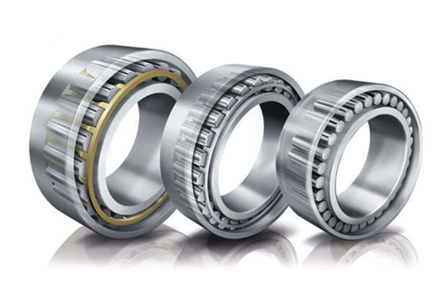Summary:
Ordinary bearing rings and rolling elements are made of high-carbon chromium bearing steel or carburized steel. The mai...
Ordinary bearing rings and rolling elements are made of high-carbon chromium bearing steel or carburized steel. The main materials used for the holder are: stamping steel, nylon, brass, etc. The surface roughness is determined according to the bearing accuracy and bearing size , The higher the accuracy, the smaller the surface roughness, the larger the diameter, and the greater the surface roughness. As for the difference between precision and ordinary, this is determined by a fixed table, and different brands have different values. .
Let’s take a look at the bearing roughness standards: surface roughness grades and dimensional accuracy grades and specifications. The influence of bearing surface roughness on bearing life is generally as follows: The influence on fatigue strength: the appearance of the bearing is small Peaks and valleys, like many corners, gaps and cracks, are the source of stress concentration.
When the bearing is under alternating load, the fatigue strength will be reduced due to stress concentration. The appearance is rough, and the fatigue intensity drops. Therefore, under the action of alternating stress, the bearing surface should reduce its roughness, especially bearing steel, which has an impact on corrosion resistance: bearing surface and air, water vapor and other corrosive substances.
Due to chemical and electrochemical effects, corrosion will occur. The appearance of the bearing is rough, and corrosive substances are easy to accumulate, thereby reducing the corrosion performance of the alloy. Especially the electrochemical action continues. The gradual deepening and expansion of the bearing profile corrosion from the bottom may cause sudden defects in the bearing. Therefore, bearings in severely corrosive environments should have small surface roughness.


